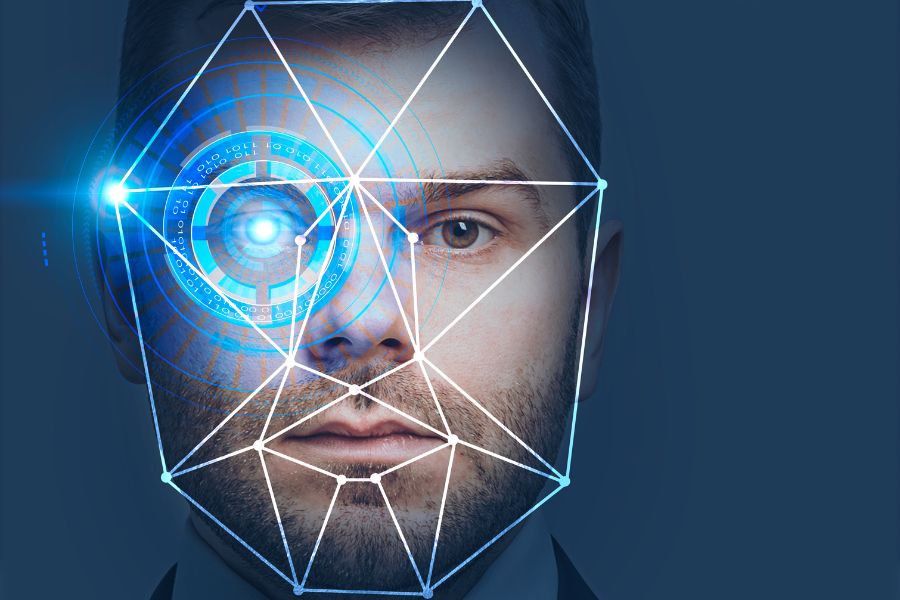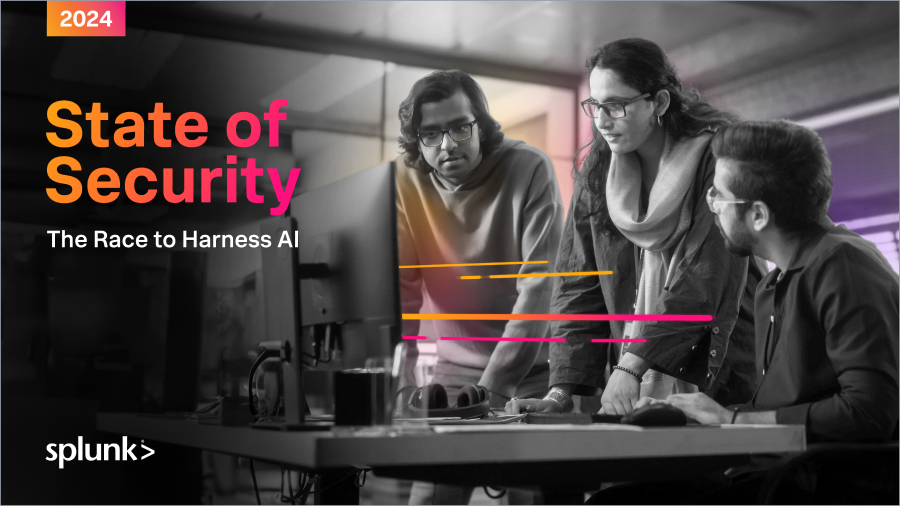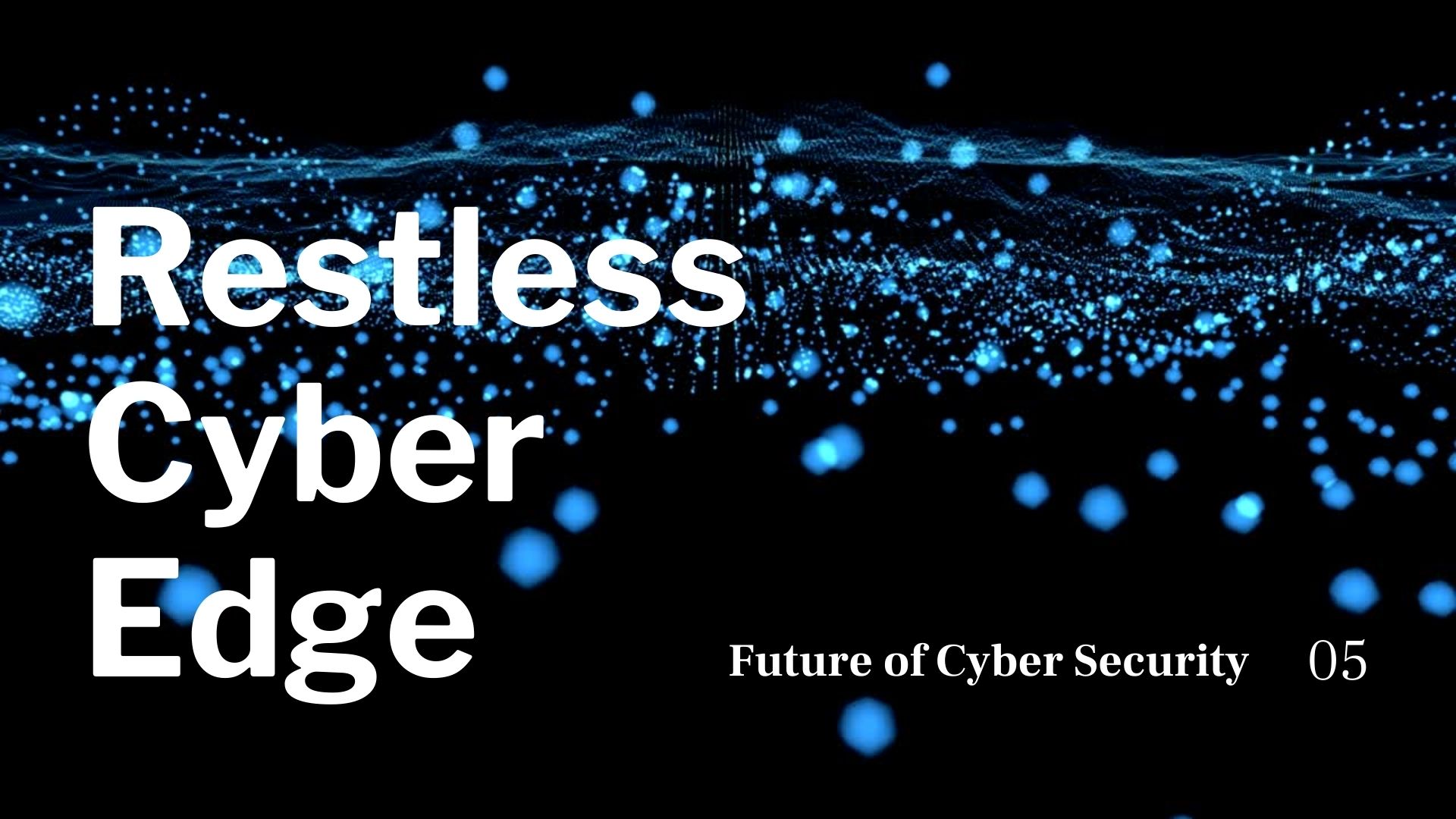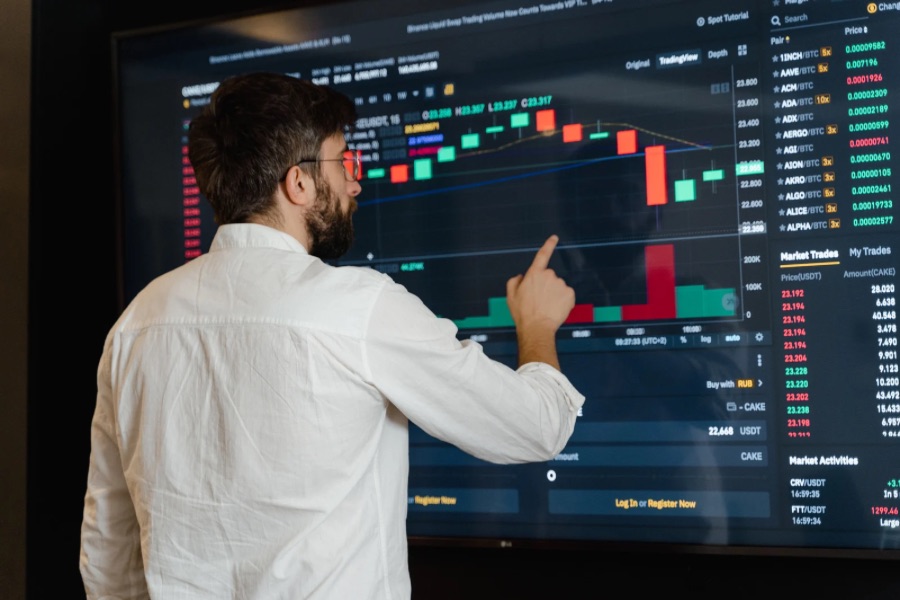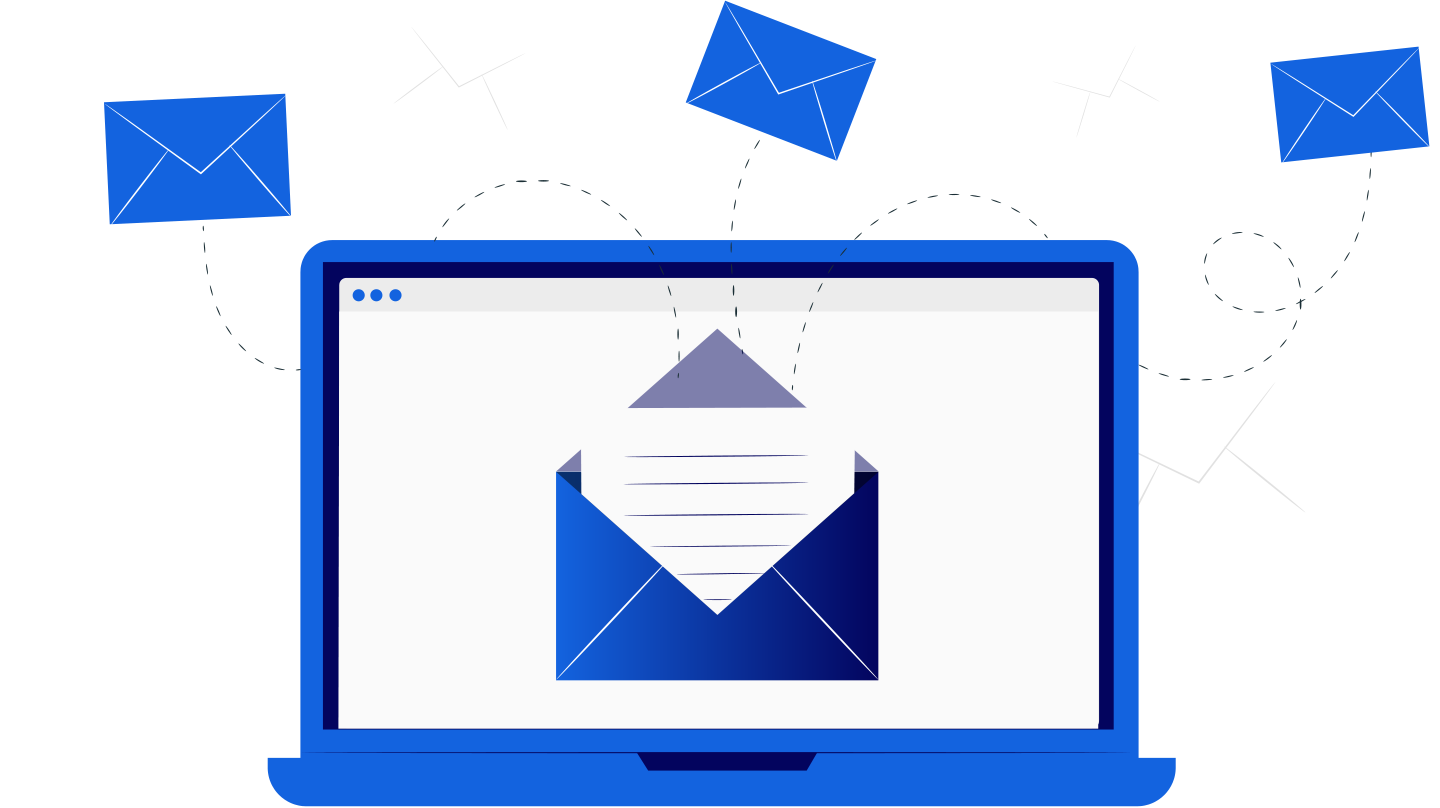AI Analytics for Smarter Cybersecurity Marketing
August 19, 2025, 4 min read
Cybersecurity marketers operate in one of the most data-rich yet data-challenging industries. Campaigns span email, webinars, social, events, and technical content.
But often, reporting is fragmented, attribution is unclear, and decisions rely on assumptions rather than insights.
This is where AI analytics comes in. By using artificial intelligence to analyze huge datasets, predict campaign outcomes, and uncover customer behavior, cybersecurity marketers can shift from reactive reporting to proactive, data-driven strategy.
In this guide, we’ll explore how AI analytics empowers smarter marketing — with practical use cases, tools, and a roadmap to implementation.
Why Traditional Analytics Fall Short in Cybersecurity Marketing
Cybersecurity campaigns are complex. A single buyer may interact with 10+ touchpoints before conversion: attending a webinar, downloading a whitepaper,
opening an email, and engaging with sales. Traditional analytics struggle to capture this complexity. Common challenges include:
- Fragmented Data: Marketing, sales, and product data sit in different systems.
- Slow Reporting: Teams spend weeks compiling spreadsheets.
- Basic Attribution Models: First-touch or last-touch attribution oversimplifies long B2B journeys.
- No Predictive Power: Traditional tools report what happened, not what will happen.
The result? Marketers waste budget on underperforming channels and miss opportunities to engage high-value accounts. AI analytics solves this by connecting data silos, learning from patterns, and forecasting future results.
What is AI Analytics?
AI analytics uses machine learning, natural language processing, and predictive algorithms to extract insights from large datasets. Instead of static dashboards, AI analytics platforms continuously learn and improve, offering:
- Real-Time Insights: Immediate visibility into campaign performance.
- Predictive Analytics: Forecasts outcomes like conversions and churn.
- Automated Reporting: Reduces manual effort in preparing reports.
- Advanced Attribution: Measures the true impact of multi-channel campaigns.
For cybersecurity marketers, this means faster decision-making, smarter budget allocation, and campaigns that are fine-tuned for maximum ROI.
Use Cases of AI Analytics in Cybersecurity Marketing
1. Predicting Campaign Success
AI models analyze past performance and external signals (like industry trends) to predict which campaigns will generate leads.
Example: Before running a webinar on ransomware defense, AI forecasts attendance and identifies the top accounts most likely to register.
2. Smarter Lead Scoring
AI assigns predictive scores to leads based on behavior, demographics, and intent.
This helps sales prioritize CISOs or IT managers who are actively researching, reducing wasted follow-up.
3. Multi-Touch Attribution
Instead of crediting one touchpoint, AI maps the entire journey: from blog view ➝ LinkedIn ad ➝ webinar ➝ sales call.
This shows which content truly drives pipeline.
4. Customer Behavior Analysis
AI detects engagement patterns, such as which types of CISOs prefer webinars. This informs content strategy and personalization.
5. Budget Optimization
AI continuously reallocates spend across channels to maximize ROI. If LinkedIn campaigns underperform, budget shifts to email or ABM ads automatically.
The AI Analytics Playbook for Cybersecurity Marketers
To harness AI analytics effectively, follow this five-step playbook:
Step 1 — Audit Your Data
Map all marketing, sales, and product data sources. Identify silos and gaps that limit visibility.
Step 2 — Choose the Right AI Analytics Tools
- General: Google Analytics Intelligence, Tableau with ML.
- Marketing Automation: HubSpot AI, Marketo Predictive Analytics.
- Sales Alignment: Salesforce Einstein, 6sense for predictive ABM.
Step 3 — Start with Predictive Insights
Focus on forecasting conversions, pipeline, or churn. Use these insights to optimize campaigns in real time.
Step 4 — Integrate Attribution Modeling
Adopt AI-driven multi-touch attribution for more accurate ROI tracking across campaigns.
Step 5 — Scale Across Campaigns
Once proven, expand AI analytics into budgeting, content strategy, and ABM programs.
Case Study: AI Analytics in Cybersecurity
A cybersecurity vendor struggled with proving ROI on its content marketing.
After implementing AI-powered analytics:
- Discovered that 60% of pipeline was influenced by webinars, not blogs.
- Reallocated budget from paid ads to thought-leadership webinars.
- Improved lead-to-opportunity conversion by 40%.
Without AI analytics, these insights would have taken months — and thousands in wasted spend.
Balancing AI Insights with Human Judgment
AI provides data-driven insights, but human judgment ensures context and creativity.
Cybersecurity marketers should use AI to guide strategy but still rely on their expertise to craft narratives, choose themes, and build relationships.
Example: AI may show that compliance-related blogs drive engagement, but humans decide how to connect that insight to broader storytelling on trust and risk reduction.
The Future of AI Analytics in Cybersecurity Marketing
AI analytics is evolving fast. Soon, we’ll see:
- Prescriptive Analytics: AI recommending not just insights but exact actions (e.g., “increase budget on webinar ads by 15%”).
- Voice-Driven Analytics: Marketers querying platforms in natural language: “Show me campaigns that influenced CISOs in Europe.”
- Cross-Industry Benchmarking: AI comparing campaign performance across competitors to highlight gaps.
As cybersecurity competition intensifies, those who leverage AI analytics early will gain a decisive edge in speed, efficiency, and effectiveness.
Conclusion
Cybersecurity marketing is too complex for guesswork. That’s why AI analytics can be your best friend. Because AI analytics transforms overwhelming datasets into actionable insights, predicting campaign outcomes, optimizing budgets, and proving ROI. By adopting AI analytics, marketers shift from reactive reporting to proactive strategy.
The result? Faster decisions, smarter campaigns, and stronger revenue impact. For cybersecurity marketers, AI analytics is not just a nice-to-have — it’s the future of competitive advantage.



